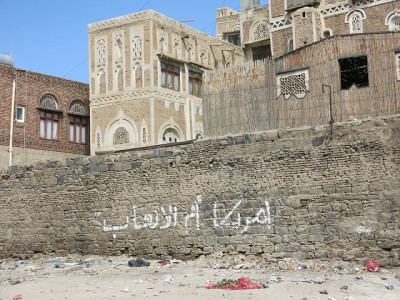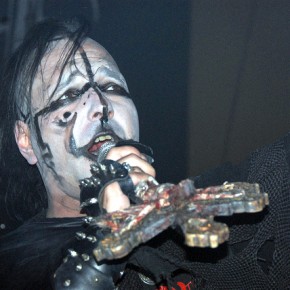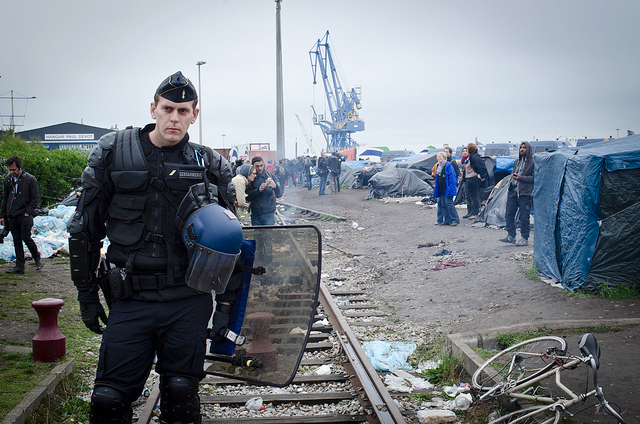I live in what an expat friend called a “Houthi stronghold.” While Sana’a itself is a majority Sunni city, the neighborhoods surrounding its Old City have, in recent years, been flooded by a migration of Zaidi Shi’a affiliated with the al-Houthi insurgents in northern Yemen. The constant state of war between the Houthis and the central government in Sana’a makes this migration interesting. One of the consequences is in political graffiti, which scatters the urban landscape.
Many works of Houthi graffiti in my neighbourhood appropriate Iranian revolutionary rhetoric as a reaction to allegations about the group’s links to Iran. Many urban Yemenis allege that the Houthis are merely an attempt by Iran to establish a Yemeni version of Hezbollah. Although there is some Iranian assistance, the alleged depth of logistical and financial support is essentially a myth without firm evidence.
But it has gained a life of its own because it helps justify continued social and military hostility against tribal populations in northern Yemen, where the Houthis are strongest. The reality of the matter is far more subtle, since tensions between tribes and the state are a mainstay of industrial modernity in the Muslim world. However, scholarly discussions such as these make it difficult to accept continued state and military hostility against the Houthis.
Probably out of a need to establish a sense of community, and strength, Iranian anti-imperial slogans have been imported as a reaction to this marginalization. This is sometimes difficult to spot, as is the case with my feature photo. It is written on an ancient wall in the Old City, and reads, amreeka um al-ahraab— “America is the mother of terrorists.”
Apart from this type of confrontational anti-Western rhetoric being a mainstay of the Islamic Revolution, it is also, tellingly, framed with quotation marks. I would venture to guess that this statement is from a cleric, or muezzin. When Shi’a religious leaders issue anti-American rhetoric such as this, it is usually affected by broader Islamist trends that have their roots in Iran.

But there are more clear examples. Consider the above poster, which I have seen all over this area of the city. The first two slogans in red are directly from the Islamic Revolution, al-mawt amreeka, and al-mawt esrael. “Death to America.” And, “Death to Israel.” These two slogans have become especially popular in Houthi communities with the advent of drone strikes in Yemen, since the predominantly tribal Houthis disproportionately feel the negative effects of the program. Still though, Iranian rhetoric does not prove ties with Iran.
Many Westerners may see the above poster in particular as cause for alarm. However, I frequently have interactions with people about the “death to America” slogan that defuses potential concerns. When I ask if they mean American people as well, they usually caution it with, hakuumat amreekeeyah, which essentially means, “well, the American government.”
I have thought about this in reference to the “death to Israel” slogan. Particularly since it is above another that reads, allaina elaa alyahud, or, “damnation to the Jews.” I live in a neighborhood where many American expats have resided and interacted with locals, so inevitably, people have had to rethink saying “death to America” to mean something more abstract. I wonder if they would find this necessary for the second and third declarations if people actually encountered Israelis, and Jews, on a regular basis.
Photographs courtesy of the author.





